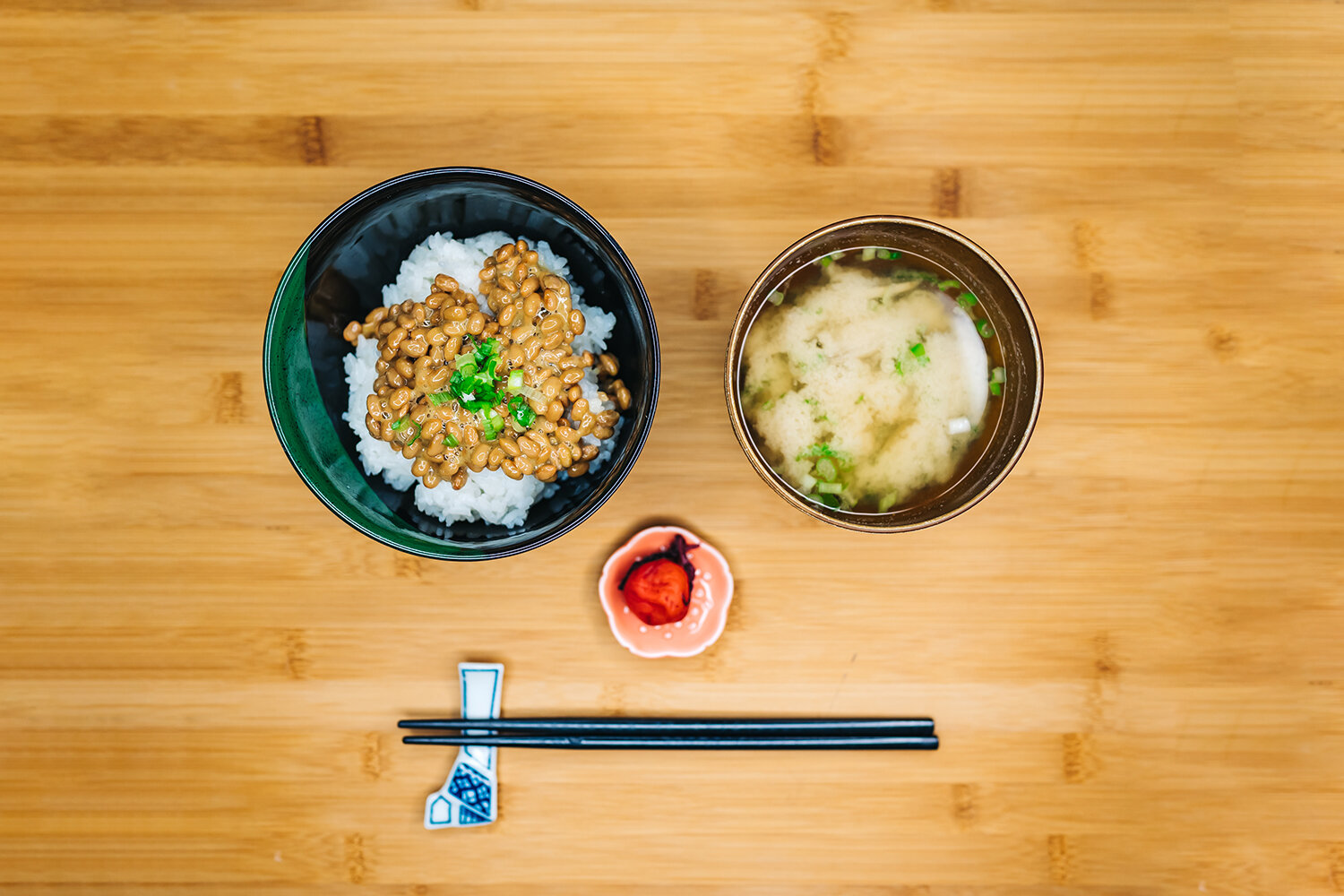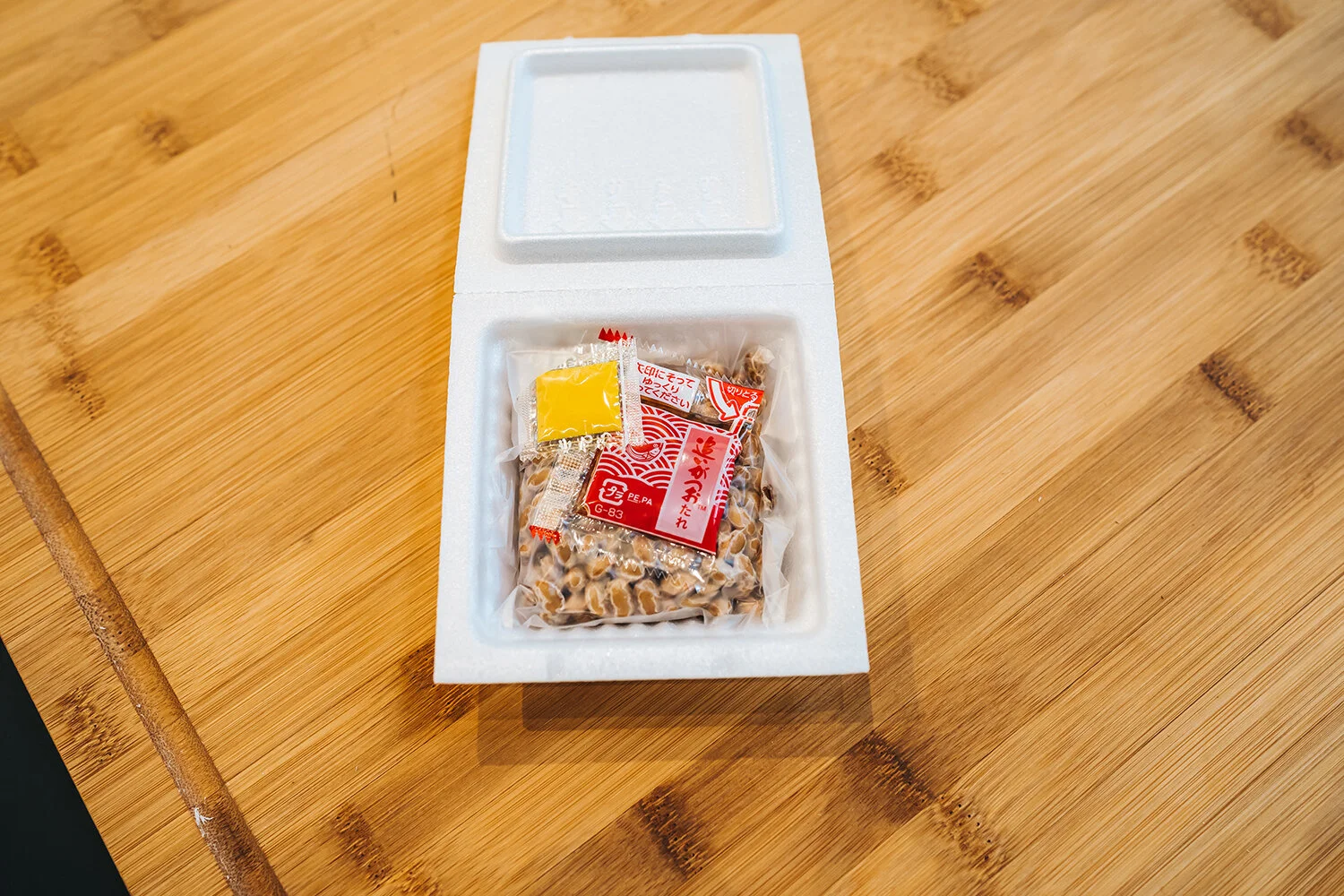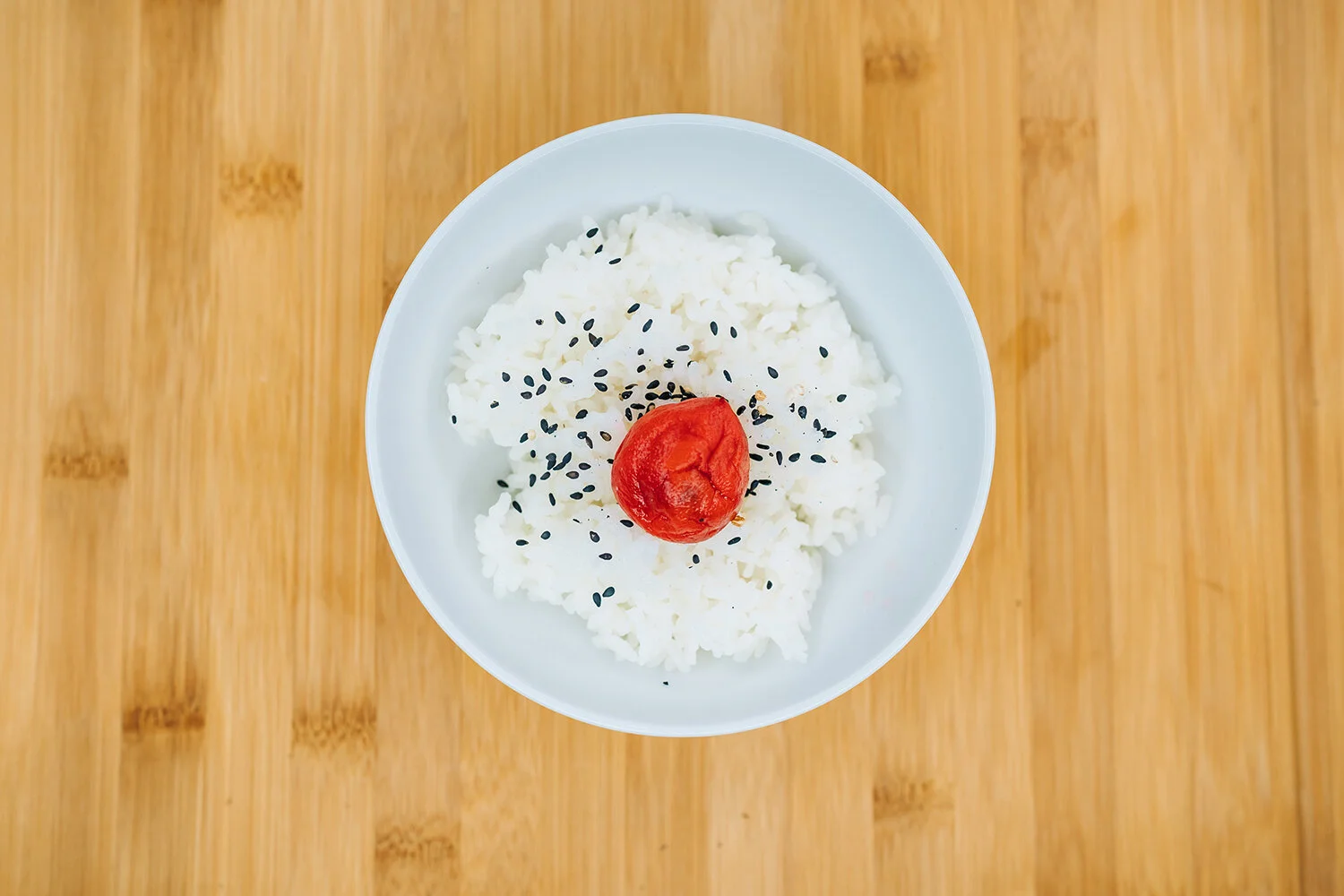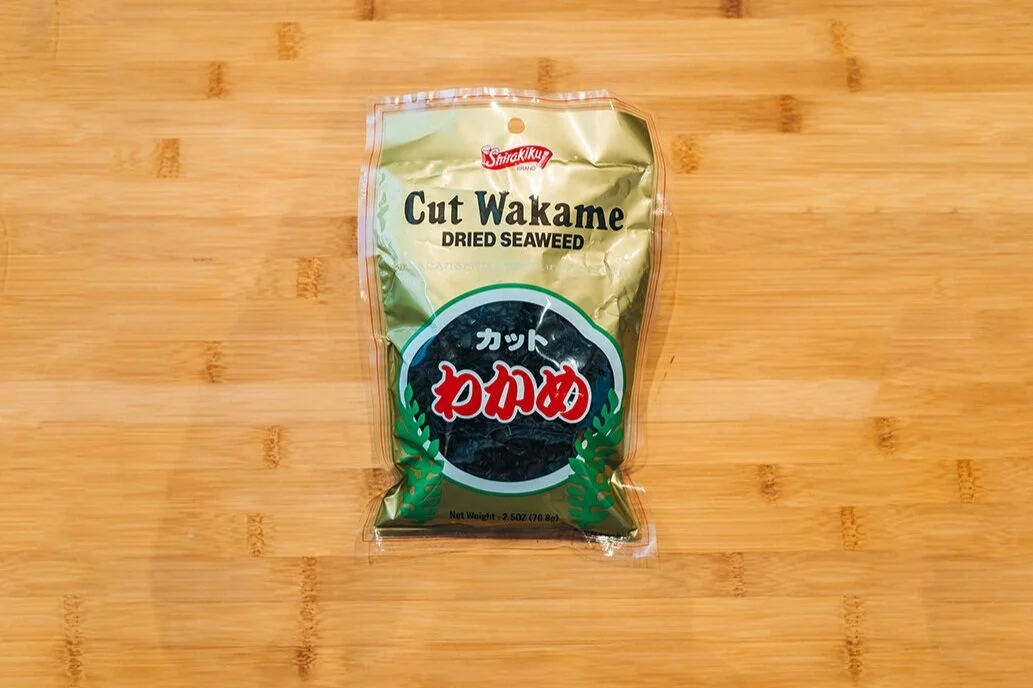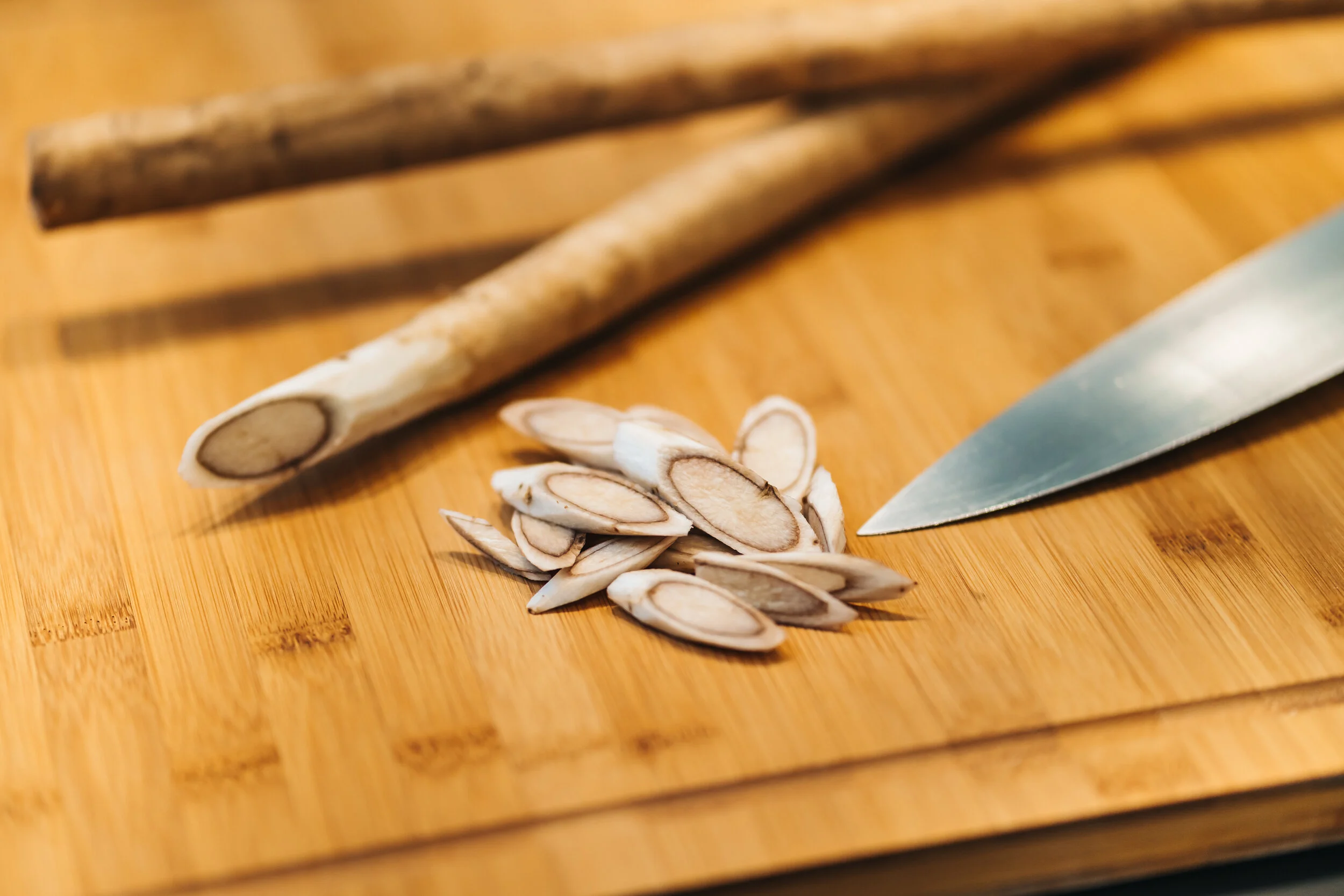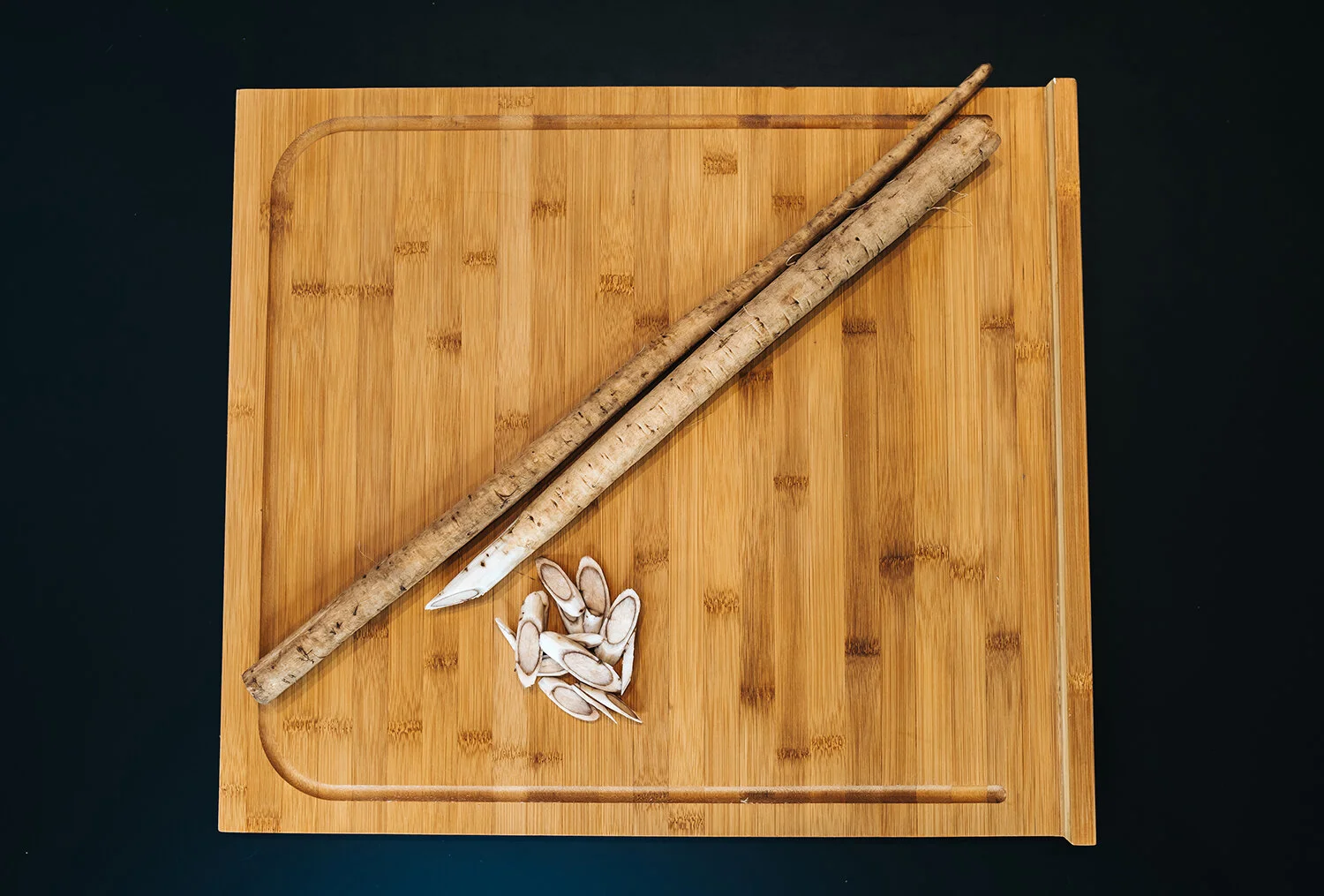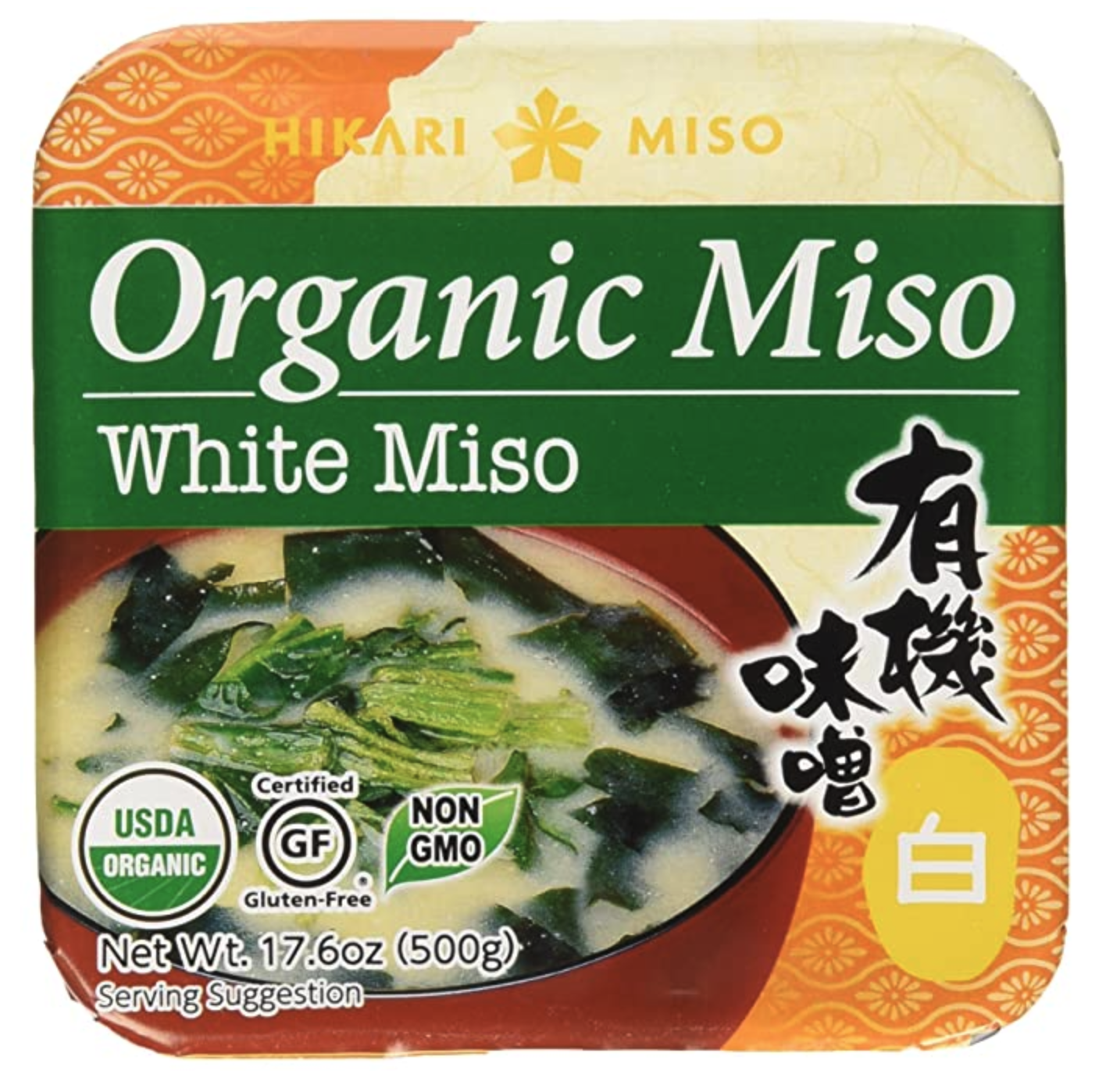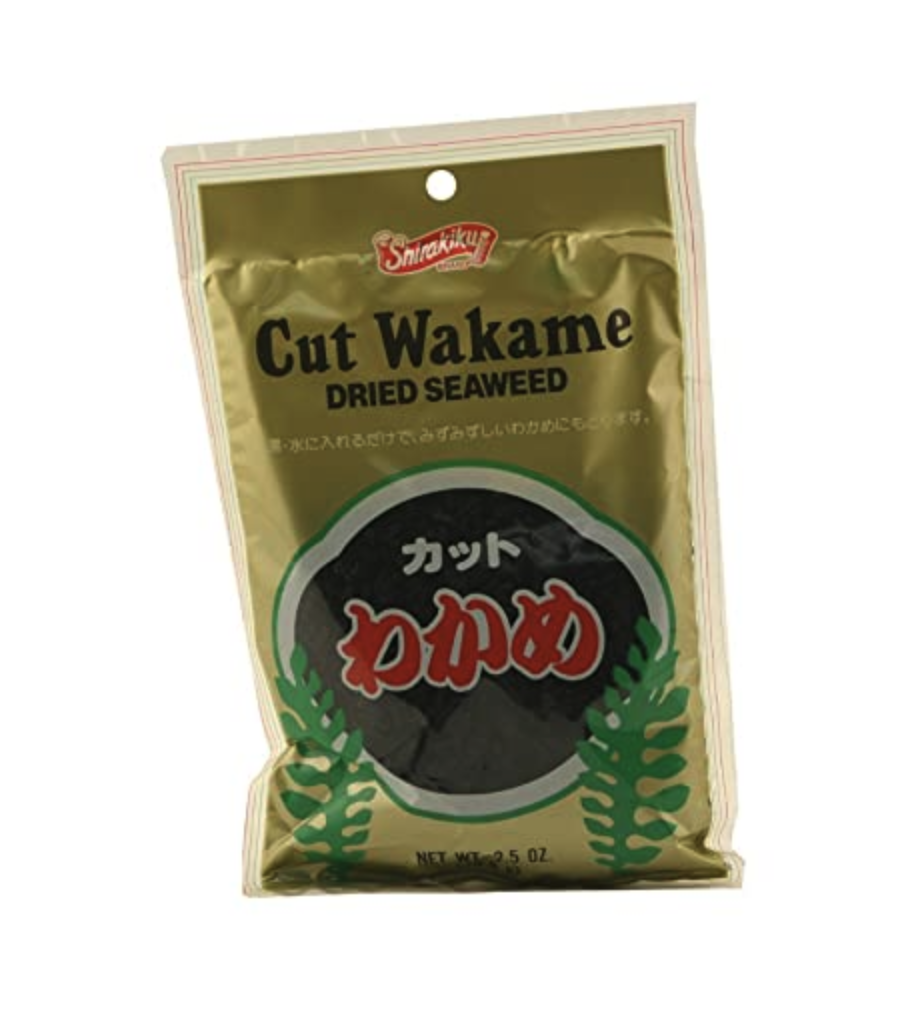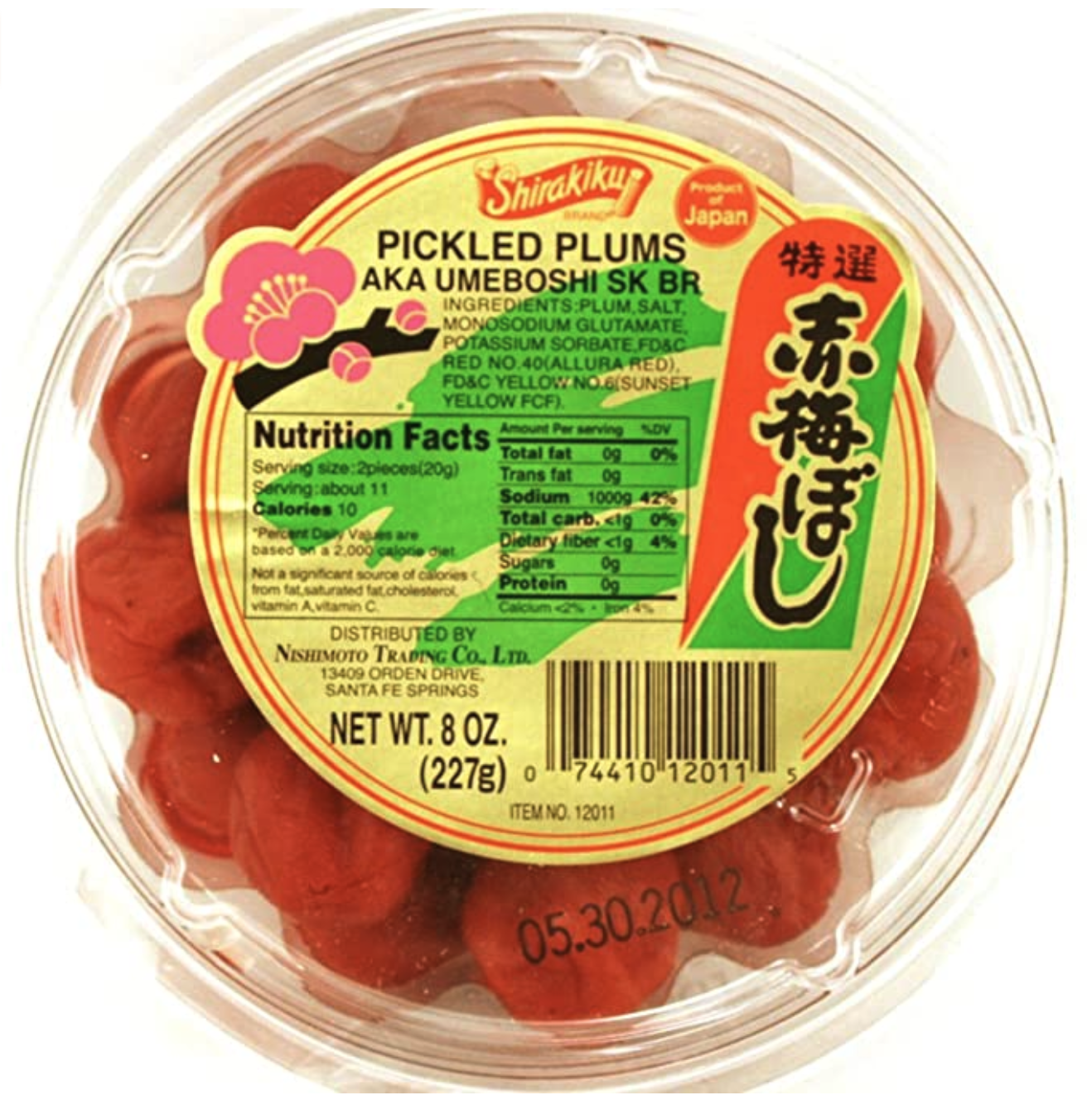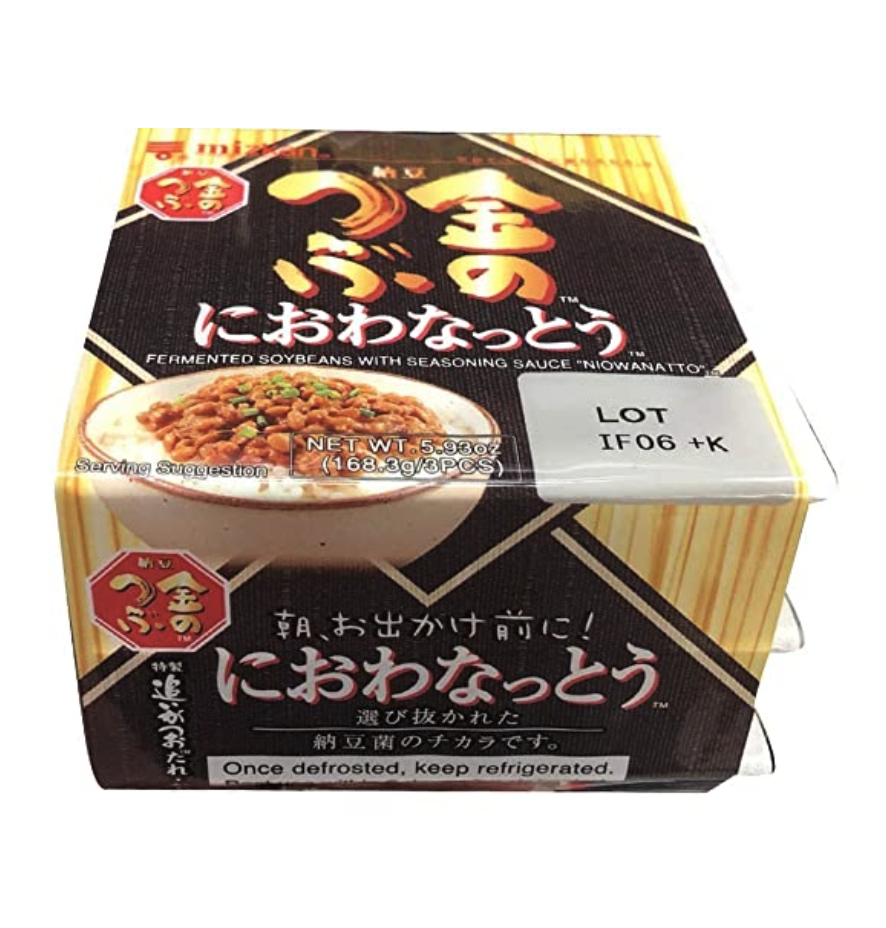5 Inexpensive Japanese Superfoods That Will Naturally Boost Your Immune System
/This post contains affiliate links, which means that at no additional cost to you if you click on one of the product links, we may earn a commission.
Many traditional Japanese foods are filled with antioxidants, vitamins, minerals, and beneficial bacteria that naturally boost your immune system. I personally think that this is a better and cheaper option than dietary supplements, for the most part.
My mom is Japanese and growing up, she taught me how to cook before I was a teenager. I cook almost everyday at home, unless I'm traveling, and 90% of my recipes are Japanese. Recently, a handful of my friends asked me to share some of the healthy recipes I have been cooking these days. We're all looking for ways to boost our immune system in an effort to ward off the nasty virus that's going around.
As I was going through my recipes, I realized that a lot of the Japanese ingredients I use are superfoods that naturally boost the immune system.
Natto, Pickled Plum, and Miso Soup
1. Miso 味噌 - Soybean Paste
Miso paste is a staple in Japanese cuisines and my mom taught me how to cook miso soup when I was 10 years old. It’s super easy to make and the most common ingredients in a bowl of miso soup are tofu, wakame (seaweed), and green onions.
You’ll find a lot of instant miso soup out there, but I would advise against it if you are trying to eat healthy. Instant products are usually higher in sodium. Plus you’ll save yourself a ton of money if you make it yourself.
White Miso Paste
Health Benefits
Miso paste is fermented so it’s a great source of probiotics and it’s also high in bone-building minerals like calcium.
2 teaspoons dashi granules
4 cups water
3 tablespoons miso paste
1 (8 ounce) package silken tofu, diced
2 green onions, sliced diagonally into 1/2 inch pieces
In a medium saucepan over medium-high heat, combine dashi granules and water; bring to a boil. Reduce heat to medium, and whisk in the miso paste. Stir in tofu. Separate the layers of the green onions, and add them to the soup. Simmer gently for 2 to 3 minutes before serving.
Try more Japanese recipes: Healthier Japanese Chicken Tatsuta Age Recipe
2. Nattō 納豆 - Fermented Soybeans
Nattō is another traditional Japanese food made from soybeans that have been fermented. Unlike miso paste, however, its consistency is slimy, sticky, and stringy. Natto is super nutritious, so it’s no wonder it was served in my school lunches. It’s commonly served as a breakfast dish and is served over a bowl of rice.
It’s also super cheap and you can typically buy a 3-pack (3 servings) for about $1.50 in Japan. It costs a little more here due to import taxes, but I’ve never paid anything over $3.00 for a 3-pack at the Asian supermarkets.
Natto
Natto is also known to have a pungent smell, which can be very off-putting for many people. To avoid the smell, you can actually purchase odorless natto.
I also recently came across this fun read from JapanToday.com:
Does The Slime That’s Sublime Really Protect From the Virus?
Natto packs typically come with Japanese mustard and soy sauce
Odorless Natto
Health Benefits
Similar to miso paste, Natto is a fermented food. It’s high in protein and is packed with vitamin K2, which apparently is not so commonly heard of here in the U.S. I’m sure it will eventually make its way here just like turmeric has recently. Natto also contains an enzyme that helps break down proteins involved in blood clotting to reduce the risk of heart attacks and stroke.
3. Umeboshi 梅干し - Pickled Plum
We didn’t have umeboshi in the fridge growing up, but they are commonly found in onigiri (rice balls) and sushi. Umeboshi was once used as a medicine and I recently became more aware of its health benefits after my mom starting making umeboshi shakes for breakfast. She started doing this in her late fifties and although I am not keen on drinking umeboshi shakes, I do love eating it by itself with rice.
Pickled Plum over Rice
Pickled Plum
Health Benefits
Umeboshi is high in both antioxidants and fiber and studies have shown that umeboshi can help protect the liver. It’s also a great source of polyphenols which can help with digestion and diabetes. However, don’t go crazy and start eating these things like candy. They are very high in sodium, so eat them in moderation.
4. Wakame わかめ - Seaweed
There is a variety of seaweed for purchase in Japan, but the one I usually purchase is called wakame, as it’s most commonly used in miso soup. This is another superfood that is cheap and packed with nutrients. Another added bonus is that it’s low in calories. Wakame was often served as a salad in my school lunch with cucumber and sesame oil.
Dried Wakame
The dried seaweed expands when placed in water
Health Benefits
Wakame is rich in minerals and iodine which supports the thyroid hormones. Wakame is also known to improve skin health, so if you’re looking for that “natural glow”, wakame may be the way to go.
5. Gobō ごぼう - Burdock Root
Gobō has been a favorite of mine since I was a kid. Mom said I would always request that she make Kinpira Gobō (braised burdock root) for dinner. She would tell this story to her friends all the time as it’s not a common dish kids request.
Gobo
Burdock Root looks like a stick
Health Benefits
Gobō contains a ton of fiber, minerals, and is rich in anti-oxidants. Burdock Root is also a natural diuretic. Traditional healers have recommended the use of burdock root to fight the common cold and infections.
INGREDIENTS:
1 gobo (burdock root)
1/3 carrot
1 tablespoon vegetable oil
2 teaspoons sesame oil
1 tablespoon toasted white sesame seeds
SEASONINGS:
3/4 cup dashi
2 tablespoons sake
1 tablespoon sugar
1 tablespoon mirin
1.5 tablespoon soysauce
Diagonally slice the gobo and carrots into thin matchbox strips. Soak the gobo in water or vinegar water. In a frying pan, heat the oil over medium high heat and stir fry gobo first. Then add carrot next after you cook gobo for a few minutes. Add the ingredients for the seasonings and cook until most of the liquid evaporates. When the liquid is almost gone, add sesame oil and sprinkle sesame seeds.
Where Can I Buy These Ingredients?
Depending on where you live in the states, some of these items can be found hard to find in grocery stores like Whole Foods or Walmart. But even if you do find them in these stores, the products are typically overpriced or not a common brand that is found in Asia. I usually find all of these items in Asian supermarkets. I like to go to Japanese supermarkets, but lately, I have been going to the Korean supermarkets as they are closer to where I live. Usually, Korean supermarkets carry Japanese products and vice versa.
Nijiya Japanese Market
If you want to be a bit adventurous or just want to try something new, these Japanese superfoods will naturally keep your body healthy and your immune system strong.
You can buy these ingredients on Amazon which I have linked below, but it is pretty expensive so if you have an Asian market nearby I would definitely go there instead.


